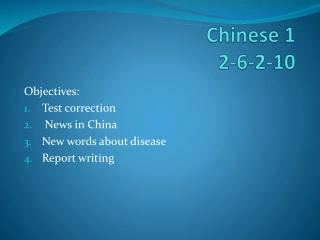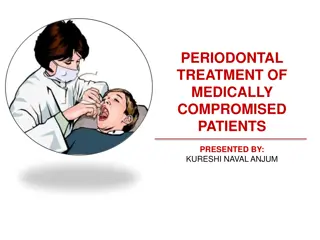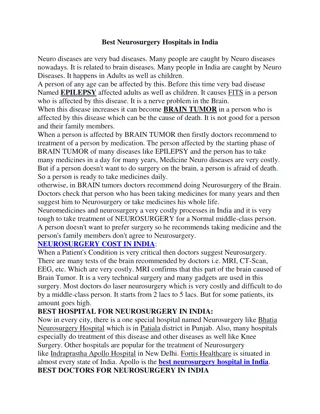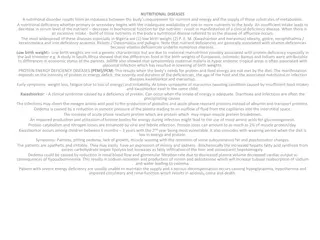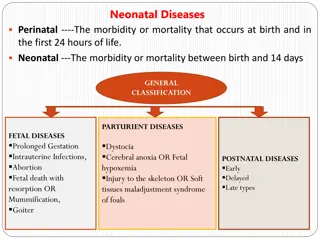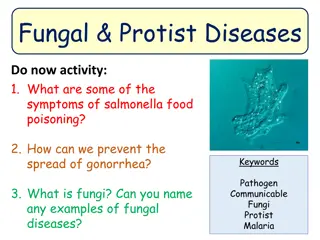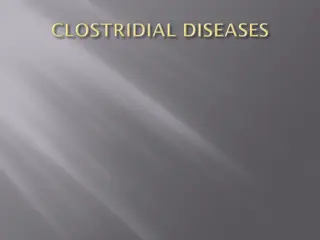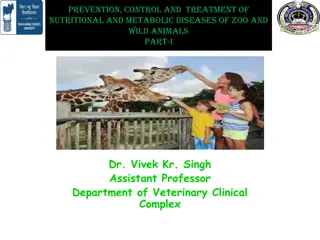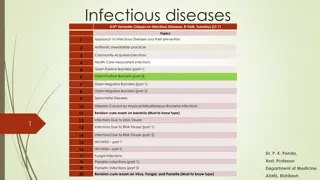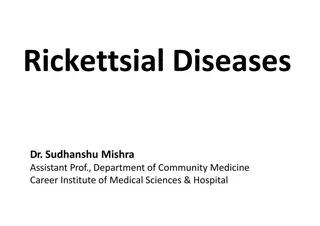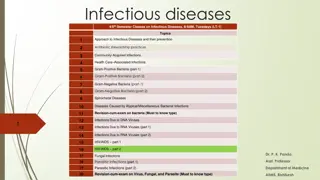
The Natural History of Diseases and Disease Phases
Explore the natural history of diseases, from inception to resolution, and the phases involved, including pre-pathogenic, pathogenic, incubation, latency, and clinical periods. Gain insights into disease prevention and control through knowledge of disease progression.
Download Presentation

Please find below an Image/Link to download the presentation.
The content on the website is provided AS IS for your information and personal use only. It may not be sold, licensed, or shared on other websites without obtaining consent from the author. If you encounter any issues during the download, it is possible that the publisher has removed the file from their server.
You are allowed to download the files provided on this website for personal or commercial use, subject to the condition that they are used lawfully. All files are the property of their respective owners.
The content on the website is provided AS IS for your information and personal use only. It may not be sold, licensed, or shared on other websites without obtaining consent from the author.
E N D
Presentation Transcript
StudyMafia.Org Natural History of Diseases Submitted To: Submitted By: Studymafia.org Studymafia.org
Table Contents Definition Introduction Phases of Diseases Prevention of Diseases Conclusion 2
Definition The natural history of disease is the course a disease takes in individual people from its pathological onset ("inception") until its resolution (either through complete recovery or eventual death). 3
Introduction The natural history of a disease is sometimes said to start at the moment of exposure to causal agents. Knowledge of the natural history of disease ranks alongside causal understanding in importance for disease prevention and control. Natural history of disease is one of the major elements of descriptive epidemiology. 4
Phases Of Diseases Pre-pathogenic period In the pre-pathogenic period, the disease originates, but the patient doesn't yet present clinical symptoms or changes in his/her cells, tissues, or organs. This phase is defined by the host conditions, the disease agent (such as microorganisms and pathogens), and the environment. 6
Phases Of Diseases Pathogenic period The pathogenic period is the phase in which there are changes in the patient's cells, tissues, or organs, but the patient still doesn't notice any symptoms or signs of disease. 7
Phases Of Diseases Incubation period vs. latency period In transmissible diseases (like the flu), we refer to this phase as the incubation period because it's the time in which microorganisms are multiplying and producing toxins. It's fast-evolving and can last hours to days. 8
Phases Of Diseases Clinical period The clinical period is when the patient finally presents clinical signs and symptoms. That is: when the disease is clinically expressed and the affected seek health care. During this phase, if the pathological process keeps evolving spontaneously without medical intervention, it will end in one of three ways: recovery, disability, or death. 9
Prevention of Diseases Primary prevention Primary prevention is a group of sanitary activities that are carried out by the community, government, and healthcare personnel before a particular disease appears. This includes: Promotion of health Protection of health Chemical Treatment 10
Prevention of Diseases Secondary prevention Secondary prevention, also called premature diagnosis or premature screening, is an early detection program. More specifically, it's an epidemiological program of universal application that is used to detect serious illnesses in particular, asymptomatic populations during the pre- pathogenic period. 11
Prevention of Diseases Tertiary prevention Tertiary prevention is the patient's recovery once the disease has appeared. A treatment is administered in an attempt to cure or palliate the disease or some of its specific symptoms. The recovery and treatment of the patient is carried out both in primary care and in hospital care. 12
Prevention of Diseases Quaternary prevention Quaternary prevention is the group of sanitary activities that mitigates or entirely bypasses the consequences of the health system's unnecessary or excessive interventions. 13
Conclusion Natural history of disease refers to the progression of a disease process in an individual over time, in the absence of treatment. For example, untreated infection with HIV causes a spectrum of clinical problems beginning at the time of seroconversion (primary HIV) and terminating with AIDS and usually death. 14
References Google.com Wikipedia.org Studymafia.org Slidespanda.com
Thanks To StudyMafia.org

